If mushrooms have started appearing in your yard seemingly overnight, it’s no reason to panic. These little fungi are signs that natural processes are thriving beneath the soil. Mushrooms form when underground fungal networks, called mycelium, send up fruiting bodies in response to the right mix of moisture, temperature, and organic matter. Their sudden appearance may look mysterious, but it’s actually a clue that your lawn’s ecosystem is rich and active, working hard to break down organic materials and recycle nutrients.
1. Decomposing Organic Matter
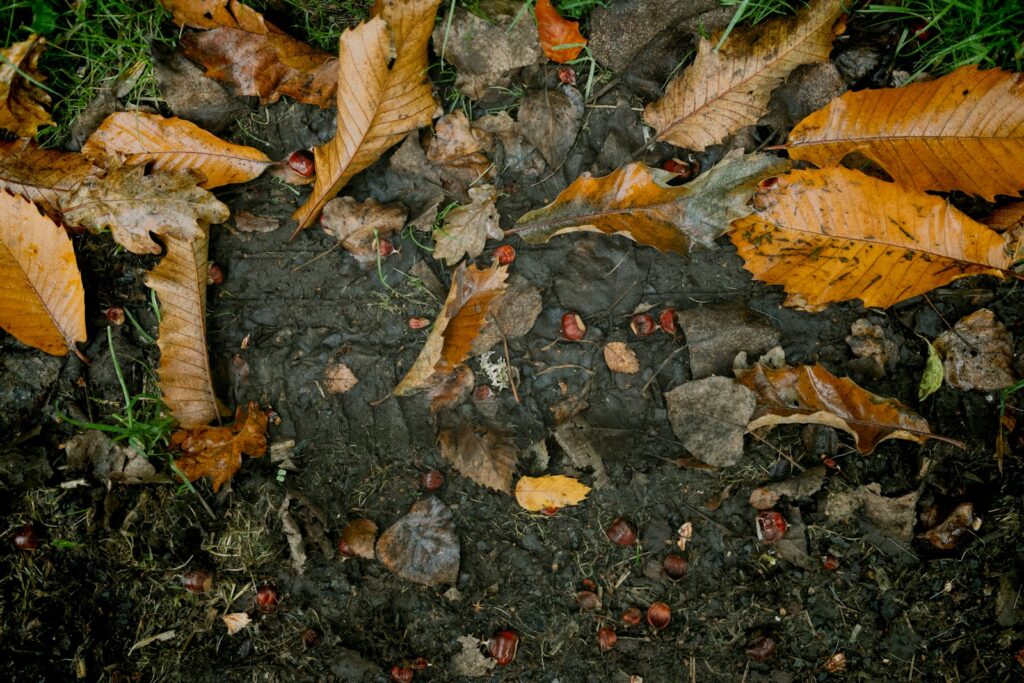
Mushrooms love to feed on decaying materials such as dead leaves, buried roots, or rotting wood. If your yard has an old stump, forgotten mulch, or leftover plant debris, fungi will happily move in. As they decompose these materials, they release nutrients that improve soil fertility and structure. The mushrooms you see are just the reproductive parts of a much larger, hidden mycelium network that’s been at work for weeks. Their appearance shows that decomposition is happening naturally, keeping your yard’s ecosystem balanced.
2. Recent Rainfall or Overwatering
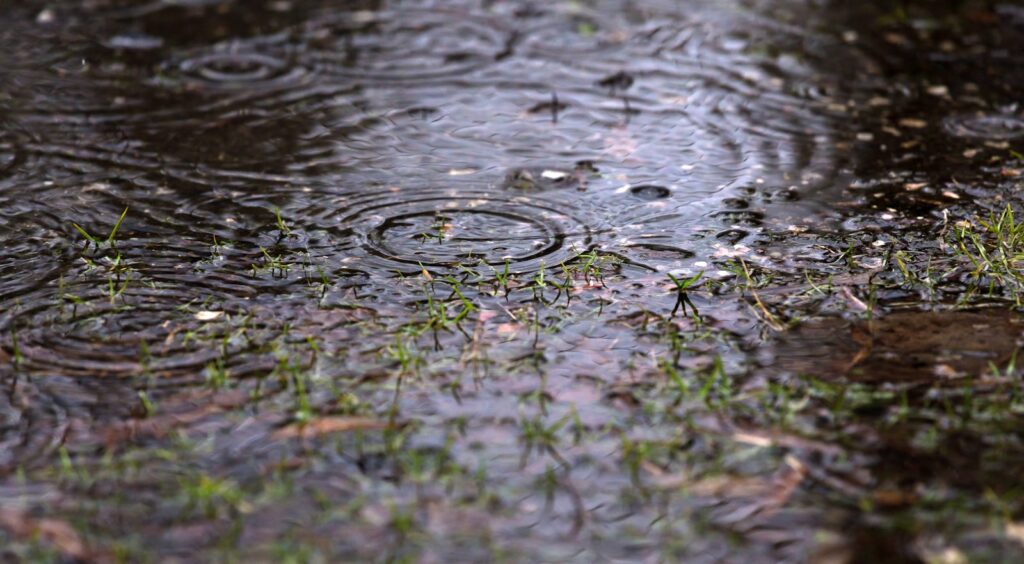
One of the most common triggers for mushroom growth is excess moisture. After heavy rain or frequent watering, your lawn’s humidity level rises, creating a perfect breeding ground for fungi. Mushrooms are made mostly of water, and they thrive in damp soil where spores can germinate easily. Even if your yard drains well, a few consecutive wet days can bring a flush of mushrooms. Once the soil dries out, most of them disappear, leaving only the underground mycelium waiting for the next rainy spell.
3. Shade and Limited Sunlight

Fungi flourish in shaded areas where direct sunlight doesn’t reach the ground. If your lawn has thick tree canopies, tall fences, or shaded garden corners, those spots retain moisture longer an ideal setup for mushrooms. Since sunlight helps dry soil, its absence allows mycelium to spread easily. Grass in these shaded sections often grows thin, leaving space for mushrooms to sprout. So, if you notice clusters under trees or near buildings, it’s likely because those areas provide the cool, moist shelter fungi adore.
4. Healthy Soil Ecosystem
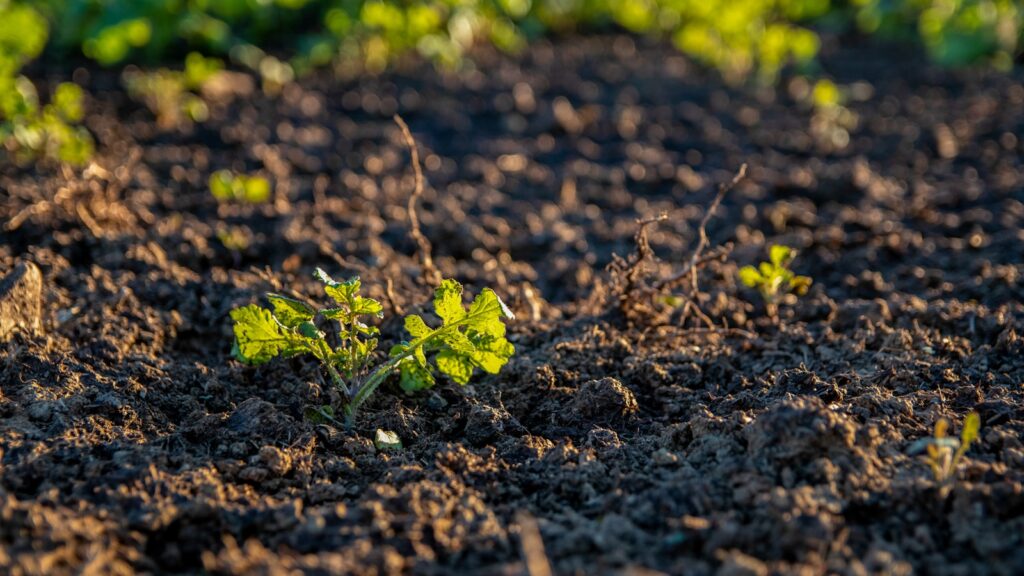
Ironically, mushrooms can be a good sign that your soil is healthy. Fungi play a vital role in breaking down organic matter and returning nutrients to the earth. Their presence often means your yard has rich, active soil filled with beneficial microorganisms. Some fungi even form partnerships with plant roots, helping them absorb water and minerals. Instead of viewing mushrooms as invaders, you can see them as proof that your yard’s ecosystem is functioning naturally and efficiently, creating a balanced and thriving environment.
5. Decaying Tree Roots Below the Surface
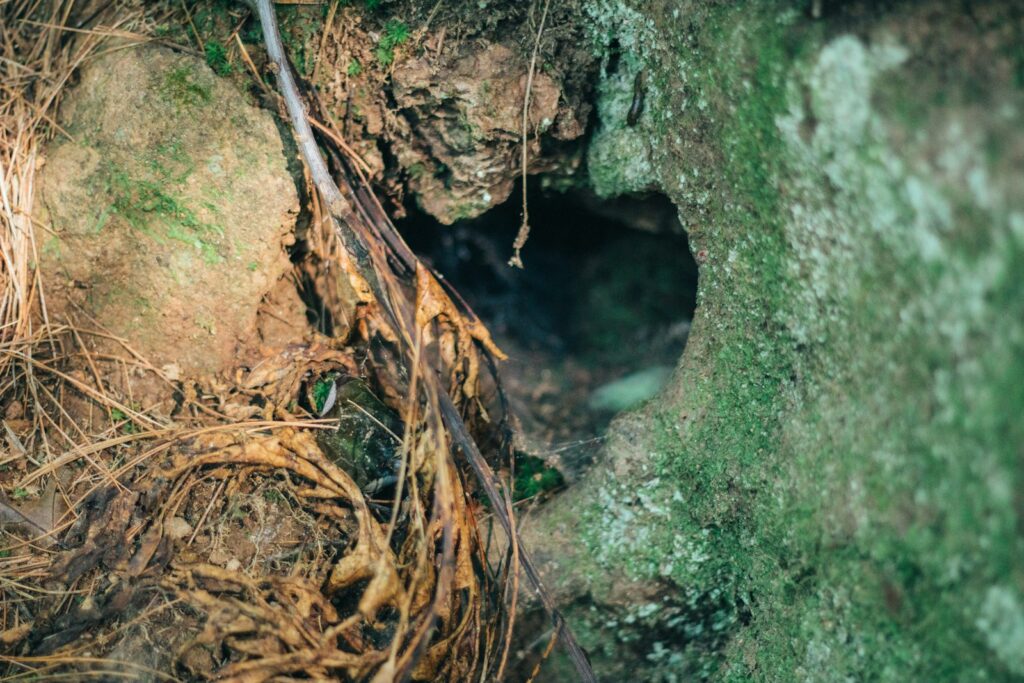
If a tree was removed from your yard years ago, its roots may still be decaying underground. Fungi naturally move in to break down that dead wood, converting it into valuable organic matter. Mushrooms appear above the surface once the fungus reaches a mature stage in this process. They don’t harm your grass or other plants; in fact, they help enrich the soil. Once the old roots are fully decomposed, the fungi will lose their food source, and the mushrooms will stop appearing altogether.
6. Mulch and Compost Breakdown
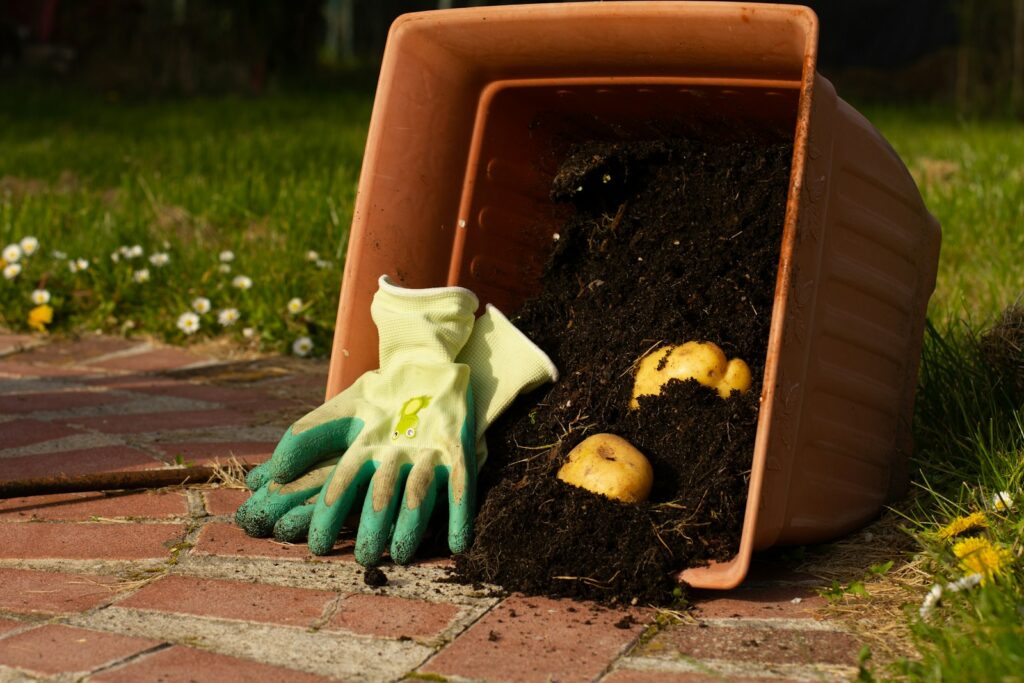
Fresh mulch or compost creates an irresistible buffet for fungi. As these materials start breaking down, they generate warmth and trap moisture, both of which encourage mushroom growth. You might see small, scattered clusters after adding a new layer around trees or flower beds. This is a sign that your soil is alive and recycling nutrients efficiently. The mushrooms are just temporary; once the mulch decomposes further and conditions dry out, they’ll fade away, leaving behind richer, healthier soil for your plants.
7. Buried Wood or Construction Debris
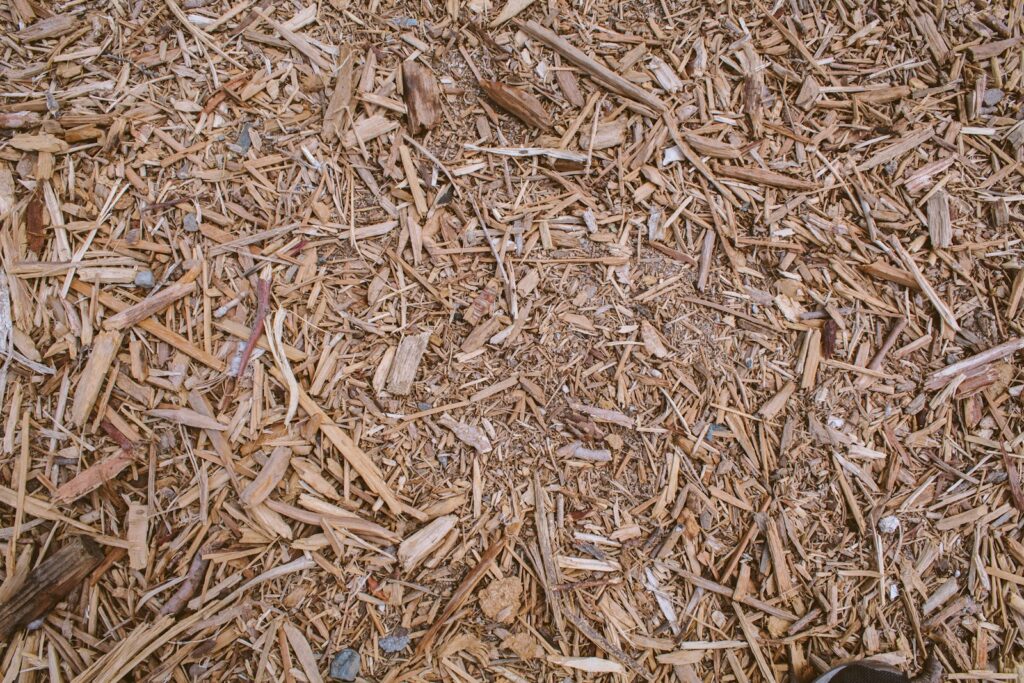
Sometimes mushrooms appear in places where you least expect them, like spots untouched for years. This can happen when pieces of wood, sawdust, or other organic construction debris are left buried during yard work. Fungi can survive quietly underground for a long time, feeding on this hidden material. When moisture and temperature align, mushrooms push through the surface. They’ll keep returning until the debris is completely decomposed. Though unsightly, they’re harmless and often indicate your yard’s soil is doing its job naturally.
8. Natural Fungal Spore Spread
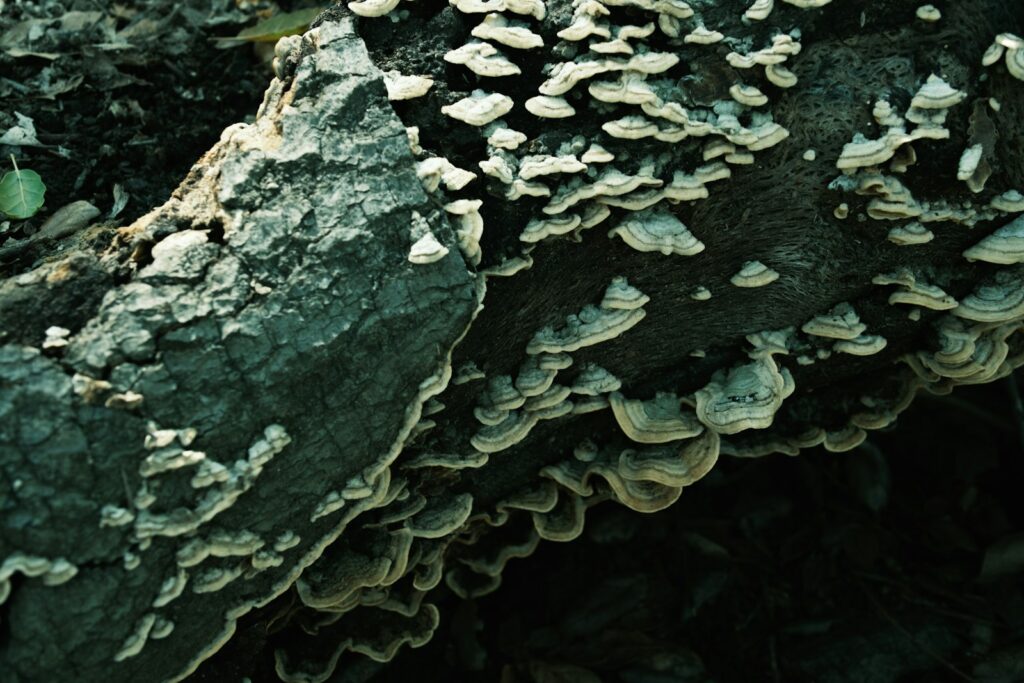
Mushrooms reproduce through microscopic spores that travel easily on wind, rain, or even animal fur. If your yard provides the right moisture and organic matter, these spores can quickly colonize and grow. That’s why mushrooms can pop up unexpectedly, even if you’ve never had them before. Spores from nearby trees, forests, or lawns can drift over and find a perfect home in your soil. Their arrival is part of the natural cycle of life, reminding you that your yard is part of a living, breathing ecosystem.
Comments